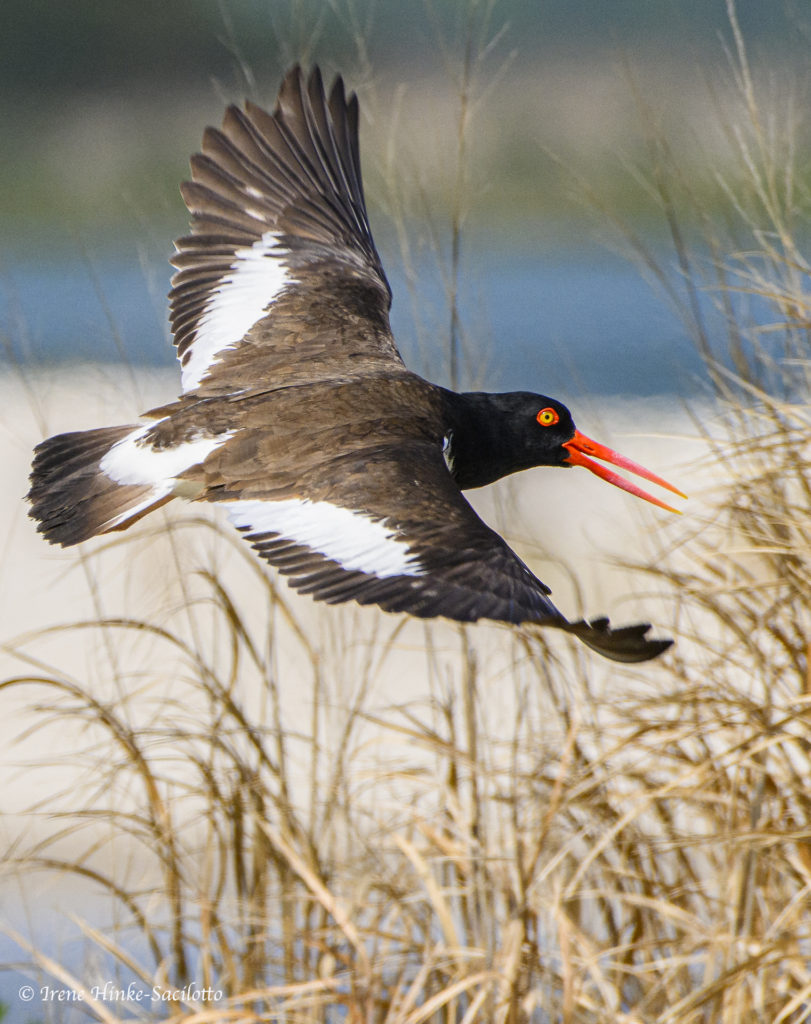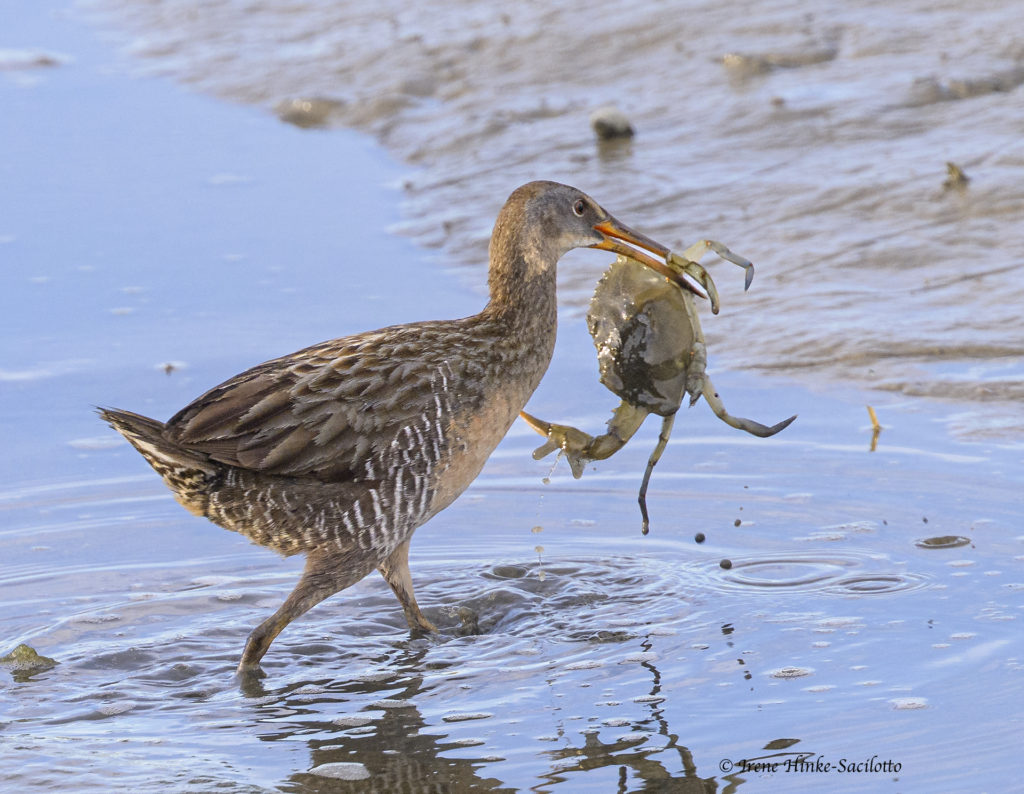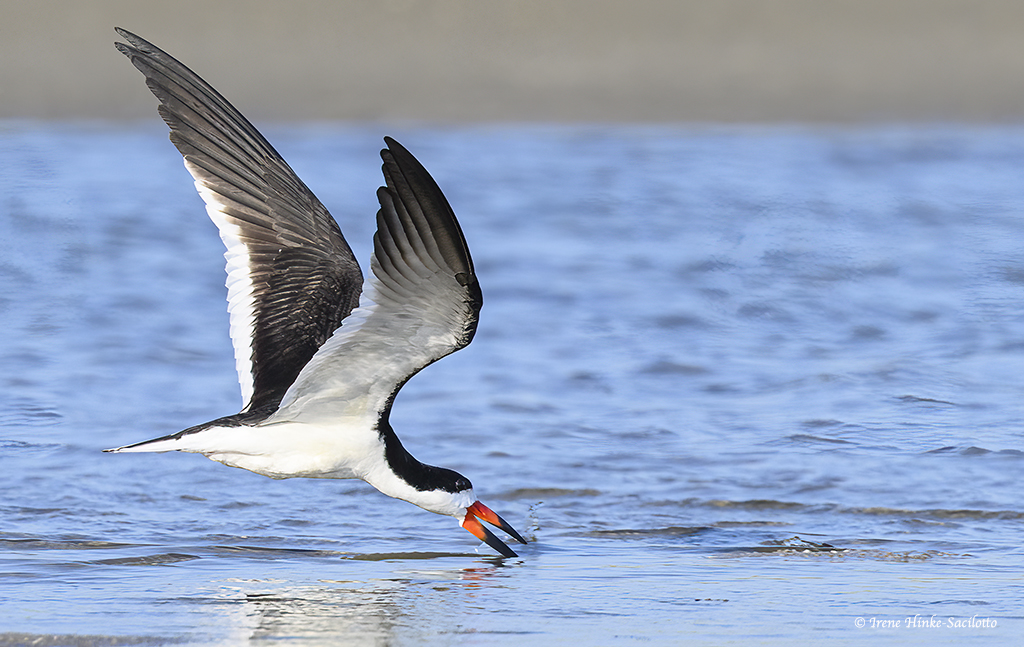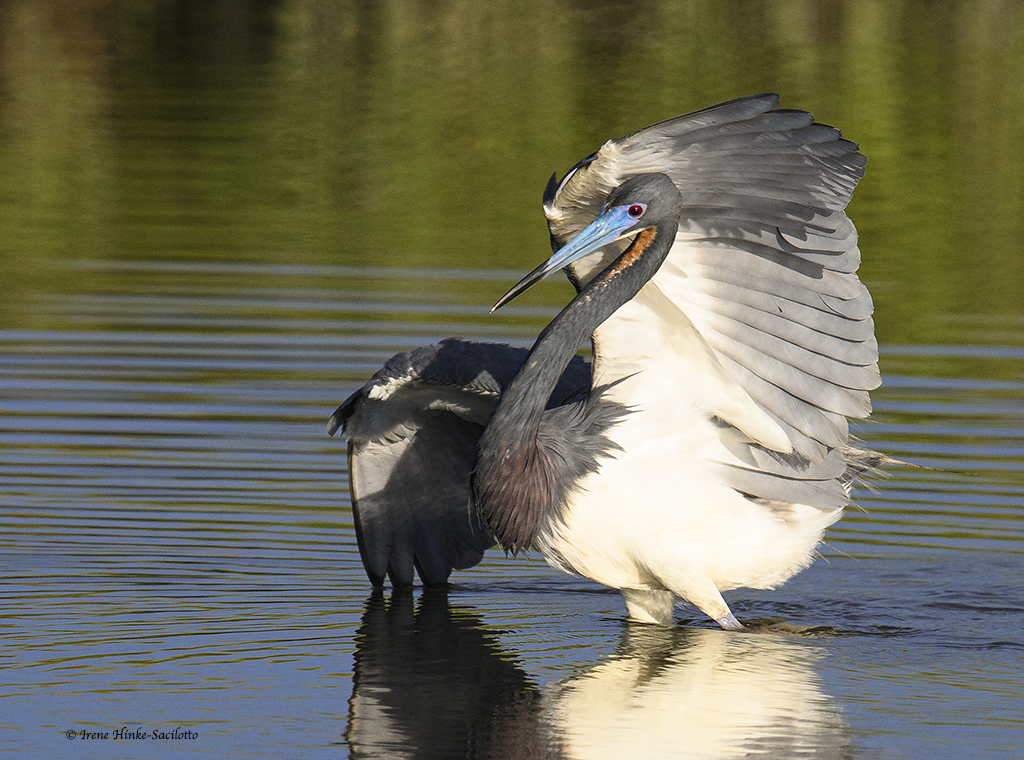
Over the last 9 years, I have visited Tangier Island a number of times and have conducted photo workshops there in the spring. It lies the middle of the Chesapeake Bay just south of the Maryland line and is famous for its off-shore crab shacks and waterman that harvest crabs and oysters as did their ancestors. Although I enjoy the community and waterman, I love photographing the birdlife on the island. I visit the island as often as possible since scientists believe that Tangier will become uninhabitable in the near future as waves and erosion eat away at its margins.

Tangier Island was once 3 times its current size and included other nearby land masses such as Port Isabel and the area referred to as the Uppards. On this part of Tangier, there were several populated towns but in the 1920s the island became uninhabitable as the land eroded away and was transformed into mash, mud flats and waterways. Today’s Tangier Island consists of only 3 ridges barely above sea level and subject to frequent flooding. On each ridge there are narrow roads which are connected by bridges spanning tidal guts and brackish marsh. At the far end of the island is a narrow hook shaped undeveloped sand beach with ponds and a large lagoon. The configuration of the Tangier is ideal for wildlife photography with birds feeding in the channels and marsh adjacent to the roads and undisturbed by local traffic.

Photo opportunities on Tangier vary with the tide, season, and weather. When the tide is low and channels are nearly drained of water, Glossy Ibis with long curved bills probe the mud feeding on organisms beneath the surface. Secretive rails are often heard cackling before they are seen. Supported by long toes, they easily walk across the mud hunting for snails, crabs, and other invertebrates. When the tide shifts and the channels fill with water, egrets and herons fish from the shoreline, the rim of sunken boats, and abandoned crab traps. There are few natural perches.

Many ospreys nest locally on man-made platforms, channel markers, or old duck blinds and docks. They are often seen overhead carrying sticks to reinforce their nests or fish to feed their mate or young.


This May I was on Tangier when a high tide combined with a strong stationary off-shore low produced flooding for portions of 4 days. Not able to travel in the high water, I took advantage of the situation and photographed herons and shorebirds from the porch where I was staying. When the water receded, I photographed migrating shorebirds feeding in pools of water on the roads and neighboring backyards.

In addition, this year in mid-May I was treated to the arrival of migrating songbirds and warblers. For a few days before continuing their journey, they rested and fed on insects in bushes just outside the office of the inn where I was staying.

Willets and American Oystercatchers nest each year on the beach placing their eggs directly on the sand or on the grass covered low dunes. I enjoyed watching the oystercatchers react to each other and to intruders to their territory.

This year I was disappointed since Black Skimmers, Fosters Terns, and Royal Terns did not nest on Tangier’s beach as they have in the past.
In the fall and winter, waterfowl flock to the waters around Tangier. No matter when you visit, there is always something to photograph.

Tips
Access to the island is primarily by “passenger only” ferries from Crisfield, MD or Onanock, VA. Be sure to check out the ferry schedules and make a reservation. The schedules vary with the season and days of the week.
Overnight accommodations are limited to a few B&Bs. This spring I stayed at the Brigadune Inn – nice. Currently there are only two restaurants on the island and the grocery store is not well stocked.
To travel around the island, you can walk, rent bikes or kayaks. You can rent a golf cart but there only a few available.

Bring insect repellant. A head net and insect jacket can be handy since gnats, mosquitos, and biting flies can be can be annoying
When photographing, try to be as close to the subject as you can without disturbing them. The farther you are away, the more likely heat ripple, dust, pollen, etc. can soften your images
Try to capture behavior and the bird’s unique features.
Stretching wings, shifting weight, or stretching the neck upward, may indicate the bird is ready to fly.
If your camera system has image stabilization, check what setting that should be used if the camera is mounted on a sturdy tripod.
Walking through the marsh and crossing the lagoon can be dangerous. The bottom consists of soft mud. You can easily lose your balance if your feet sink deep below the mud’s surface.
To photograph flying birds, image stabilization and eye tracking on newer cameras increases your keeper rate. For a flying bird, it is best to use a shutter speed of 1/2000 of a second or higher.
Setting your camera to a high number of frames per second can help you capture action but if your focus is off, you may have a high number of out of focus shots to erase.

The post The Wild Side of Tangier Island appeared first on Osprey Photo Workshops and Tours.
